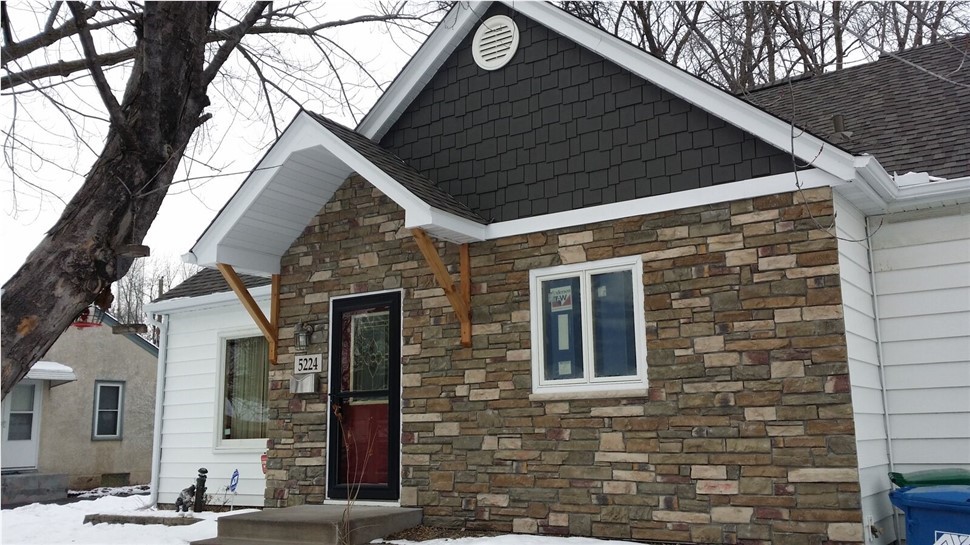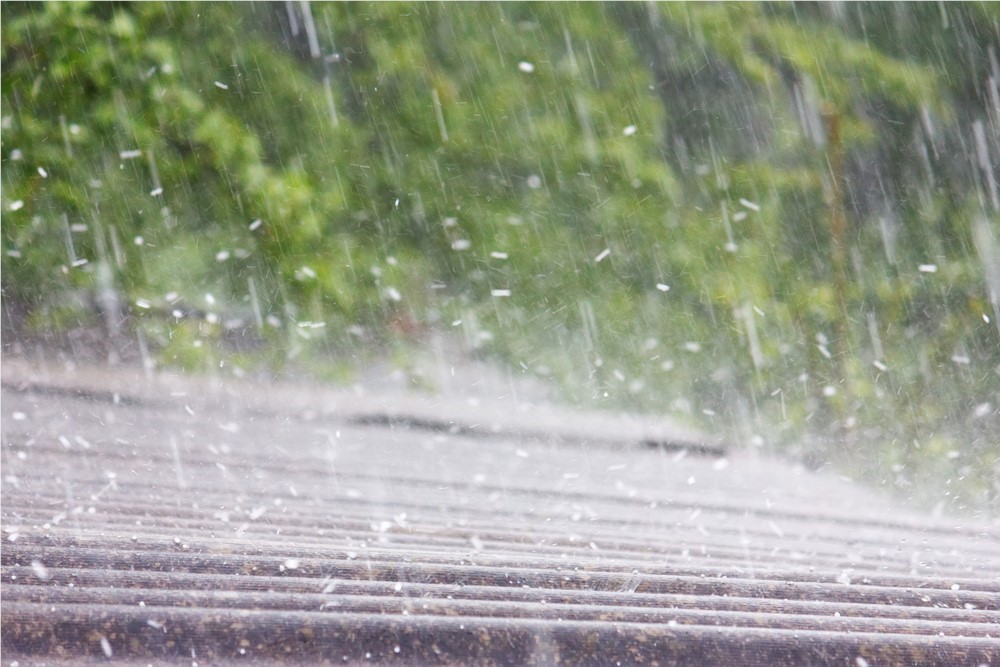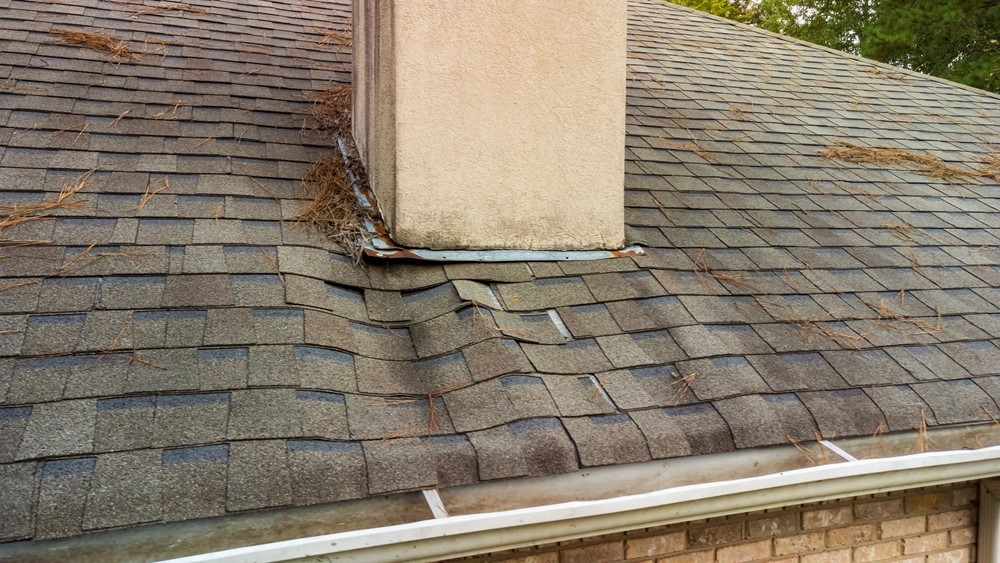If you're a homeowner here in the Twin Cities and you stay in your house for any length of time, sooner or later you're going to be faced with either replacing or repairing your roof. It might be due to the age of your roofing, or it could be as a result of the severe weather we frequently get. Minnesota's climate can be hard on roofs, and hot summers and bitterly cold winters can cause premature aging as well as storm damage.
So for homeowners, it is important to understand a bit about the roofing process tand what's involved before you hire someone to come out. This can help you keep up and know where the crew is at when it comes to roofing the home. It can also help you understand what your roofing contractor is talking about.
 What's Involved in Replacing a Typical Roof
What's Involved in Replacing a Typical Roof
On a regular sized home, the roofing process can take anywhere from 3 days to 5 days, depending on the size of the crew, their experience level, the size of the home, the pitch of the roof, materials used and weather that week. However, roofing companies that are well experienced tend to take less time roofing than others.
- The existing shingles and underlayment are removed from the home and thrown away. Flashing and drip edging is removed from around the outside of the home. A magnetic tool is used to remove the nails from the outside of the home. (Note: At times this roof tear-off step can be avoided if the underlying structure doesn't need repairs and the new roof is a lightweight metal roof.)
- Minor repairs may be made to the roof during this time if problems are discovered when the old roof is torn off. There may be some replacement of sheathing boards (also referred to as the roof decking).
- They will often install ice dam protection, which is a must in Minnesota! This may involve adding additional ventilation as well as insulation in the attic space.
- Roofing paper is then added to the top of the roof and this creates an extra layer on the top of the home. It is stapled into place. Weatherproofing such as felt and ice and water shield are installed as well.
- New drip edging is installed around the outside of the home and then nailed in place.
- New flashing is then installed in valleys where it is needed. It is nailed into place and then sealed.
- The shingles are then added to the roof. They start at the eaves and then work upward. Roofing vents are installed when they get to them as they work their way up.
- The ridge vent is then installed. This helps air circulation throughout the inside of the home, and to help the roof breathe.
- They then complete the cleanup and make sure all of the debris are cleaned up and hauled off of the property.
- A building inspector comes out to check the final installation work.
Depending on the type of roof you are having put on, there may be other steps as well. Often as part of a roof replacement, we may install new soffit and fascia as well as gutters. These items all work with the roof as a system, so it's often recommended to replace them all at the same time.
There are some things that you want to ask about during or before the roof replacement process. You want to have an idea of what to expect. If it's time to replace the roof on your Twin Cities home, please contact us to arrange a free in-home consultation. We can go into the process in detail for you so you're knowledgeable. We've been helping Minnesota homeowners keep roofs over their heads for nearly four decades, and we're committed to happy customers!
Subscribe to Quarve Contracting's Blog







Comments